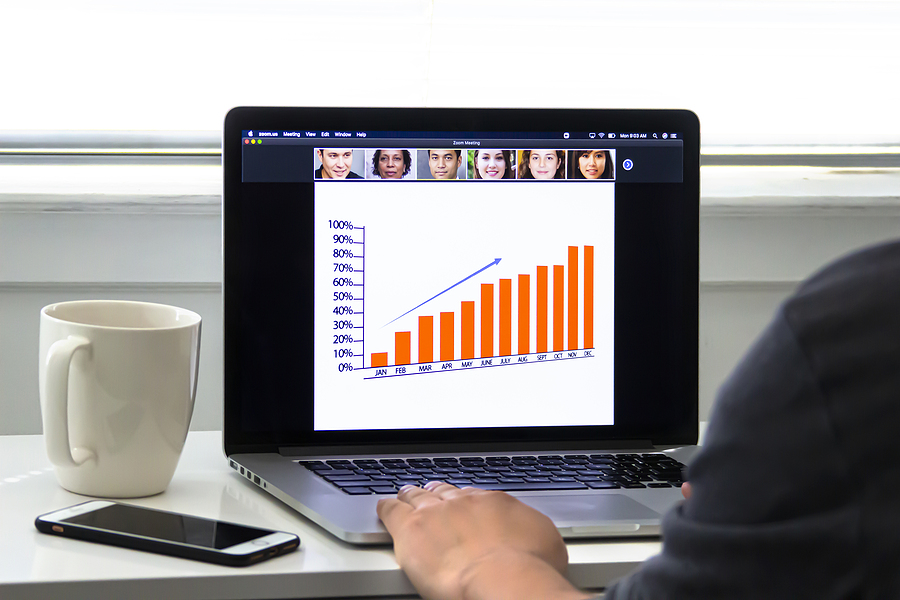Heraclitus, the Greek philosopher said, “Change is the only constant in life.” He may have lived long before Plato or Aristotle, but his words feel like they belong to the present. As much energy as we devote to trying to predict the future in order to place our businesses in front of the pack, we can’t always see change coming. Because your business needs will inevitably change, you need to leverage the competitive advantage of making sure your learning approaches change with the times.
The presence of COVID-19 and its indefinite duration has laid bare the need to adapt to change. Already in the midst of many technological transformations—from the commonplace of hailing a rideshare from your phone to the exotic of robots I’ve helped train surgeons to use—we’ve also suddenly been forced to reconceptualize the logistics and spatial requirements of how our employees do their jobs. So how do you teach your employees what they need to know when they can’t gather in the same room? Moreover, the coronavirus pandemic is only going to accelerate other forces of change already at play. One familiar example: more jobs across all sectors are being automated, which means fewer workers but a need for more with the ability to use and repair sophisticated pieces of machinery. More industries need individuals with advanced problem-solving skills. In short, you’re going to have plenty of complex new learning needs in the future.
Get Ready Now: You’re getting pretty adept at those Zoom and Team meetings, so why can’t all learning simply move remotely? Well, a lot of it can. And much of it will have to, so one reality is that you need to have the technological capacity to make that happen. That’s a first step. But if you don’t change how you teach, just as your kids’ schools are realizing, there are going to be critical gaps in learning. Even more important is changing who does your teaching. Simply moving old materials and ineffective teachers onto new communication platforms won’t get the job done. With M-Pact learning we’ve applied the expertise of learning designers who know how to effectively engage learners and who are deeply experienced at meeting the needs of remote learning. We create customized learning programs for tomorrow’s demanding jobs.
So what are some of your needs for the immediate future? Here’s the start of a “shopping” list:
- Sufficient numbers of laptops, tablets, cameras, software, and the like to meet the learning needs of existing and prospective employees.
- Additional tablets or development of phone-based apps that include performance support tools and software to help guide learners through field-based experiences and post-learning refreshers.
- Interactive classrooms so learners can get hands-on experience with the tools and equipment required to complete their jobs, adapted for COVID protocols.
- Curriculum designed by learning experts that is customized to your needs and to the kinds of skills required by more sophisticated learning.
- Ongoing development of new learning approaches that advance and adapt as your learning needs are forced to change.
This gives you a start on thinking towards the future, but only a start. To fully plan ahead for the training needs the future will bring, I’ve addressed such topics in my book M-Pact Learning: The New Competitive Advantage.
